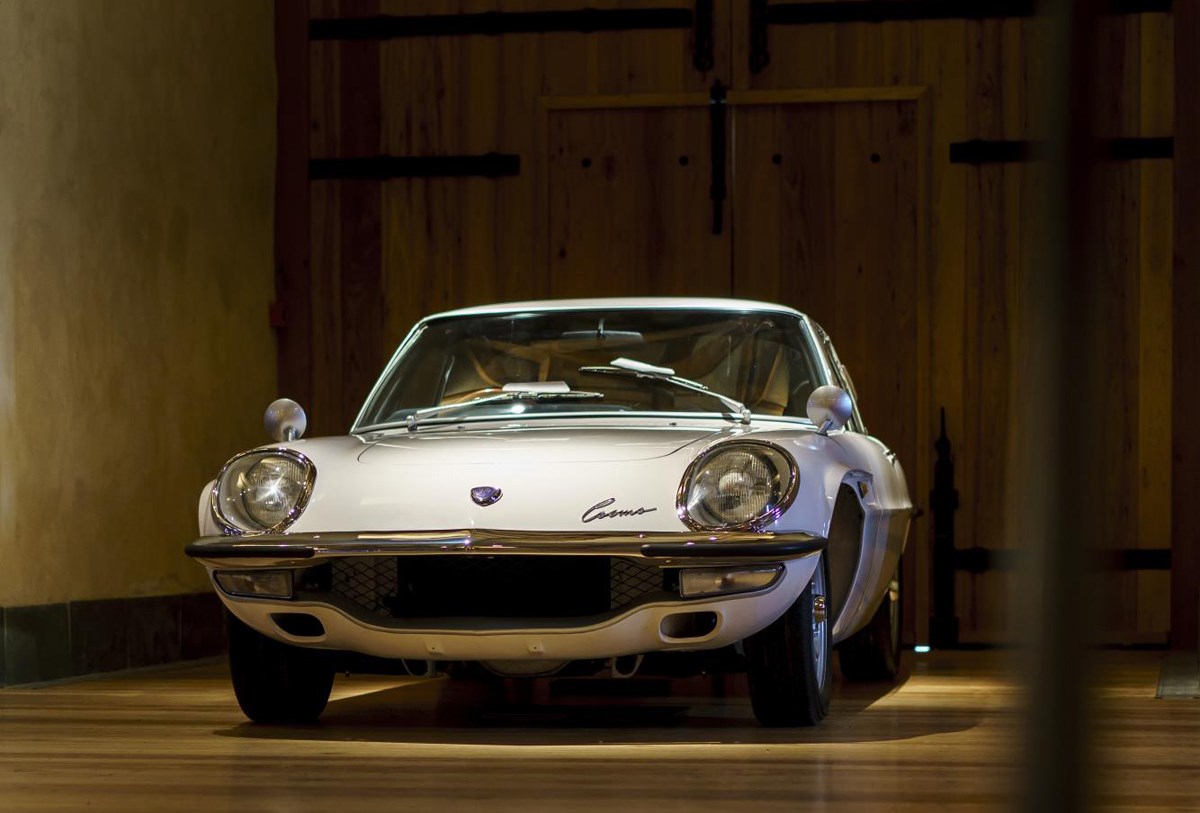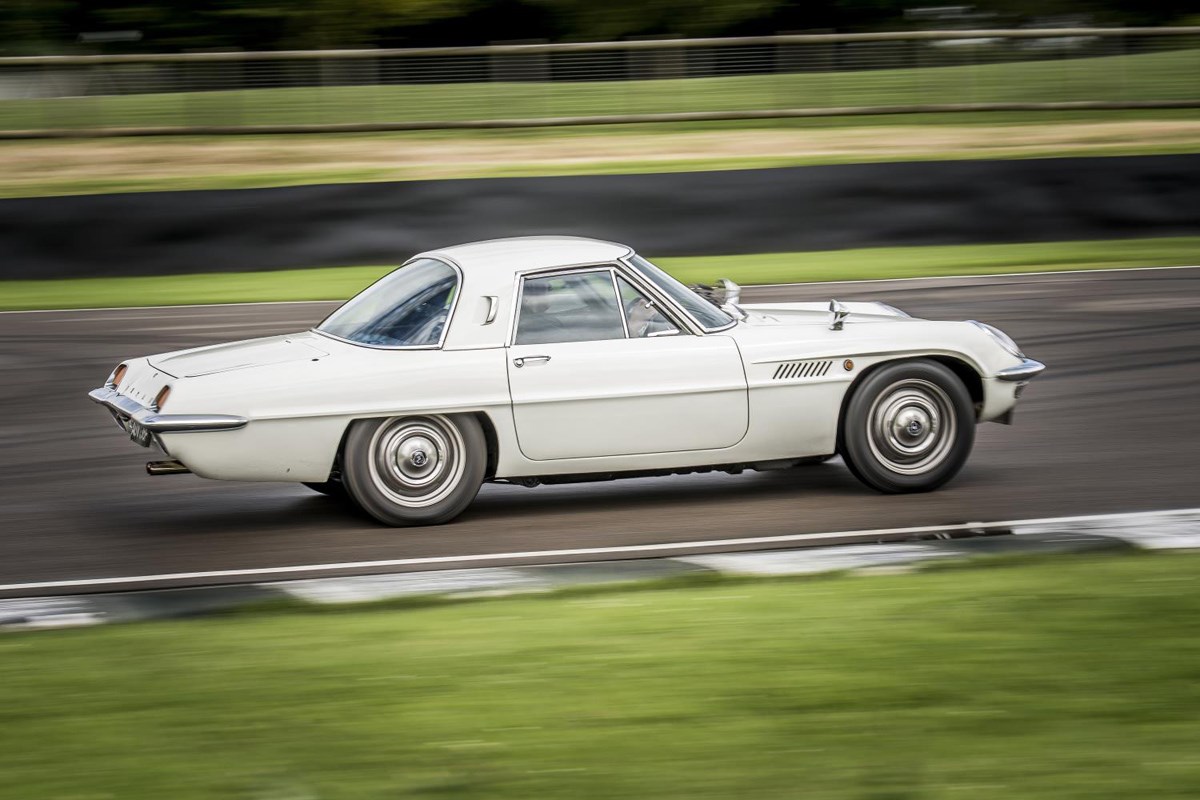It was a pivotal moment in automobile history when, 50 years ago today, Mazda launched its rotary-powered Mazda Cosmo Sport.
The sleek, stylish two-seater marked the beginning of a legacy of fun-to-drive cars and motor sport success powered by the unique engine configuration.
Back in 1967, the Cosmo Sport was the world’s first car powered by a twin-rotor engine. Known outside Japan as the 110S, it was also Mazda’s first sports car, supplying the DNA that has gone into legendary models like the Mazda RX-7 and Mazda MX-5.
Although only 1,176 were built, the Cosmo Sport was monumental for Mazda, marking its transformation from a maker of predominantly trucks and small cars to a unique Japanese brand characterised by its unconventional approach to engineering and design.

Mazda’s engineers had to work through numerous hurdles to make the rotary engine commercially viable, testing Cosmo Sport prototypes over hundreds of thousands of kilometres prior to the market launch.
Although dozens of companies including most major carmakers signed licensing agreements with NSU to develop the German car and motorcycle maker’s new technology, only one was successful.
Having harnessed the rotary’s potential to deliver performance levels equivalent to much larger and heavier reciprocating piston engines, Mazda would go on to build almost 2 million rotary-powered vehicles, also achieving considerable racing success.

The RX-7 dominated its class at IMSA (International Motor Sport Association) events throughout the 1980s. But Mazda’s biggest single triumph on the track came in 1991, when a Mazda 787B powered by a 2.6-litre four-rotor powerplant won the 24 Hours of Le Mans. It was the only non-reciprocating engine ever to win the illustrious endurance race, and the first victory by an Asian brand.
The rotary engine was in production until 2012 when the final RX-8 rolled off the manufacturing floor in Japan. At that point the RX-8 had allready been pulled out of showrooms in Europe two years prior due to failed emission standards testing.















